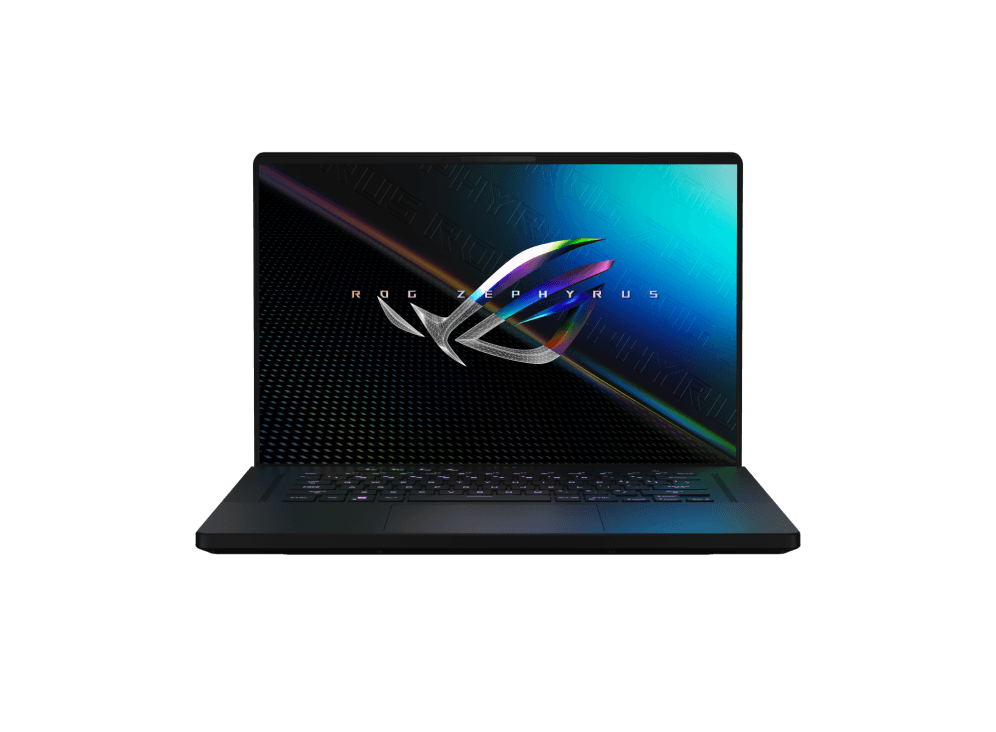
can’t tell you how excited I was to test the Zephyrus M16. It takes the AMD-powered Zephyrus G15’s exceptional chassis and adds the two things I most wish that laptop had: a 16:10 display and a webcam. That sounds like a great package on paper, but there’s one other major thing that also differentiates the M16 from the G15: its Intel processor.
Review
A review of the M16, then, isn’t just an opportunity to evaluate Asus’ product. It’s also an opportunity to answer a question I’ve been wondering since I first reviewed the G15 earlier this year (and gave the highest score I’ve given a laptop in my career): how much of the G15’s excellence has to do with Asus’s engineering, and how much has to do with the combined power and efficiency of AMD’s processors
Personal experience
A review of the M16, then, isn’t just an opportunity to evaluate Asus’ product. It’s also an opportunity to answer a question I’ve been wondering since I first reviewed the G15 earlier this year (and gave the highest score I’ve given a laptop in my career): how much of the G15’s excellence has to do with Asus’s engineering, and how much has to do with the combined power and efficiency of AMD’s processors




